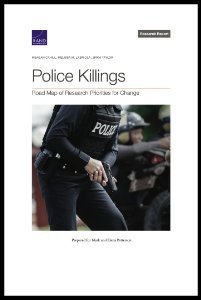By Geoffrey Carney-Knisely , Marquianna Griffin , Alaxandria Crawford , Kamesha Spates and Parvati Singh
The suicide rate for Black youth has increased by 60% between 2007 and 2020. Direct or vicarious racial trauma experienced through exposure to police brutality may underlie these concerning trends.MethodsWe obtained nationally aggregated monthly counts of suicides for non-Hispanic Black and White youth (age ≤ 24 years) and adults (age > 24 years) from the National Mortality Vital Statistics restricted-use data files provided by the Centers for Disease Control and Prevention, from 2013 to 2019. Monthly counts of Black youth suicides constituted our main outcome. We defined our exposure as the monthly counts of police killings of unarmed Black persons over 84 months (2013 to 2019), retrieved from the Mapping Police Violence database. We used ARIMA (AutoRegressive Integrated Moving Average) time-series analyses to examine whether Black youth suicides increased within 0 to 3 months following police killings of unarmed Black persons, controlling for autocorrelation and corresponding series of white youth suicides.ResultsSuicides among Black youth increase by ~1 count within three months following an increase in police killings of unarmed Black persons (coefficient=0.95,p<0.05), which approximates to about 267 suicides among Black youth over our study period. The observed increase in suicides concentrates among Black male youth.
Annals of Epidemiology. Volume 94, June 2024, Pages 91-99. June 2024.





















